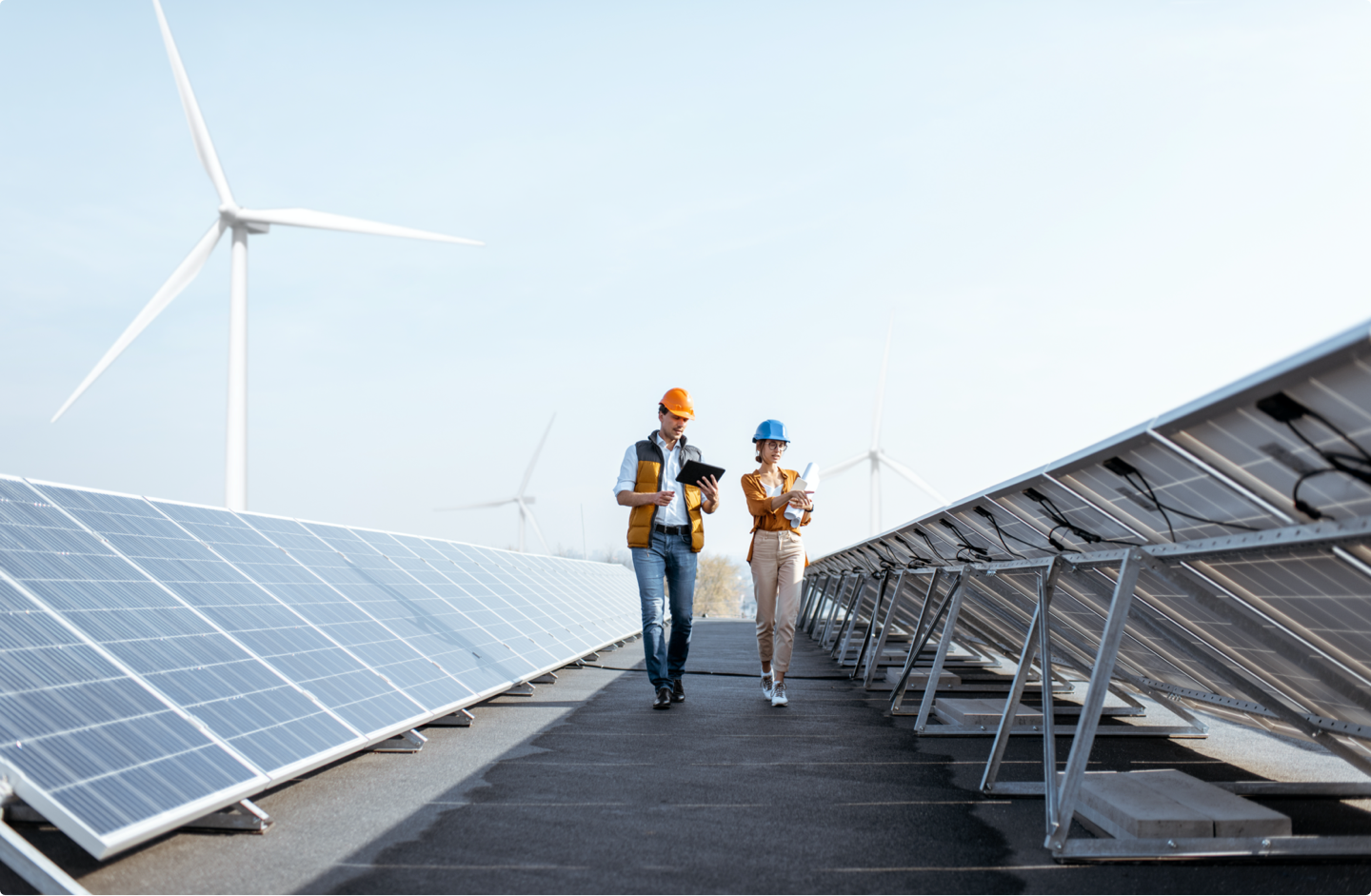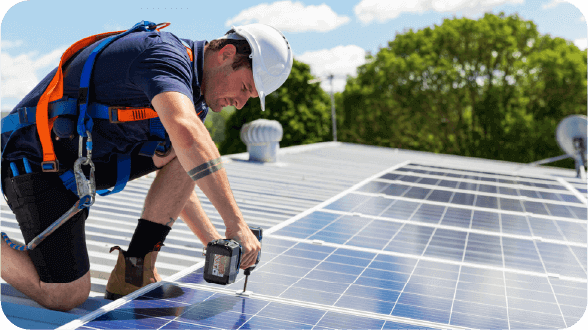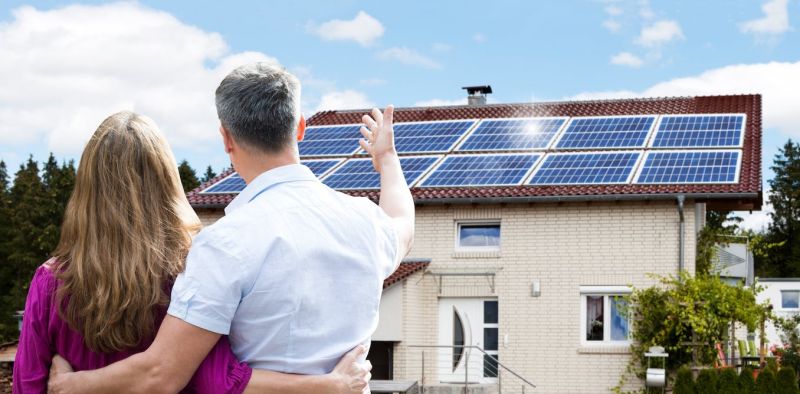
Harnessing the Power of Clean Energy Solutions
The global shift towards sustainability has paved the way for innovative clean energy solutions that are transforming the landscape of power generation. In this article, we delve into the diverse range of clean energy solutions, exploring their environmental benefits and how they contribute to a cleaner and more sustainable future.
Solar Power: Illuminating a Sustainable Path
At the forefront of clean energy solutions is solar power, utilizing the abundant energy from the sun to generate electricity. Solar panels, composed of photovoltaic cells, convert sunlight into a clean and renewable energy source. The scalability and versatility of solar installations make them a key player in decentralizing power generation and reducing dependence on traditional fossil fuels.
Wind Energy: Harnessing Nature’s Force
Clean energy solutions extend to harnessing the power of the wind. Wind turbines, strategically placed in windy regions, generate electricity by capturing the kinetic energy of the moving air. As an environmentally friendly alternative, wind energy contributes to reducing greenhouse gas emissions and diversifying the global energy mix.
Hydropower: Tapping into Water’s Potential
Hydropower represents a long-established clean energy solution, tapping into the kinetic energy of flowing water to generate electricity. Dams and water turbines convert the energy from rivers and waterfalls into a sustainable power source. Despite its environmental impact on ecosystems, advancements in technology strive to minimize these effects, emphasizing the importance of responsible hydropower implementation.
Geothermal Energy: Unleashing Earth’s Heat
Clean energy solutions also delve beneath the Earth’s surface to harness geothermal energy. This renewable source taps into the natural heat stored in the Earth, often near volcanic activity. Geothermal power plants utilize steam or hot water to generate electricity, providing a continuous and reliable energy source with minimal environmental impact.
Biomass: Transforming Waste into Energy
Biomass, derived from organic materials such as plants and waste, offers another avenue for clean energy solutions. Through processes like combustion or anaerobic digestion, biomass is converted into energy, contributing to the reduction of organic waste and providing an eco-friendly alternative to traditional fossil fuels.
Nuclear Energy: A Controversial Clean Option
While controversial due to concerns about safety and radioactive waste, nuclear energy is often considered a clean energy solution. Nuclear power plants use controlled nuclear reactions to generate electricity without direct greenhouse gas emissions. However, the challenges surrounding nuclear waste disposal and potential accidents highlight the ongoing debate about the role of nuclear energy in a sustainable future.
Energy Storage: Balancing the Renewables
Clean energy solutions are not only about generation but also about effective storage. Energy storage technologies, such as advanced batteries, play a crucial role in balancing the intermittent nature of renewable sources like solar and wind. These solutions enable the storing of excess energy during peak production times for use during periods of low renewable resource availability.
Smart Grids: Revolutionizing Energy Distribution
The integration of smart grids represents a significant advancement in clean energy solutions. Smart grids enable real-time monitoring, control, and optimization of energy distribution. By efficiently managing the flow of electricity, smart grids enhance grid reliability, reduce energy wastage, and support the seamless integration of renewable energy sources into existing power infrastructures.
Electrification of Transportation: A Green Road Ahead
The electrification of transportation emerges as a clean energy solution with far-reaching benefits. Electric vehicles (EVs) powered by renewable energy sources reduce reliance on fossil fuels, mitigate air pollution, and contribute to a more sustainable transportation sector. As EV technology continues to advance, the shift towards cleaner and greener mobility gains momentum.
Embracing a Clean Energy Future
In conclusion, clean energy solutions represent a dynamic and evolving landscape that holds the key to a sustainable future. From solar and wind power to innovative storage technologies and electrified transportation, the diverse array of clean energy solutions is reshaping the way we generate and consume power. To explore more about the transformative potential of clean energy solutions, visit Clean energy solutions and join the movement towards a cleaner and greener world.



